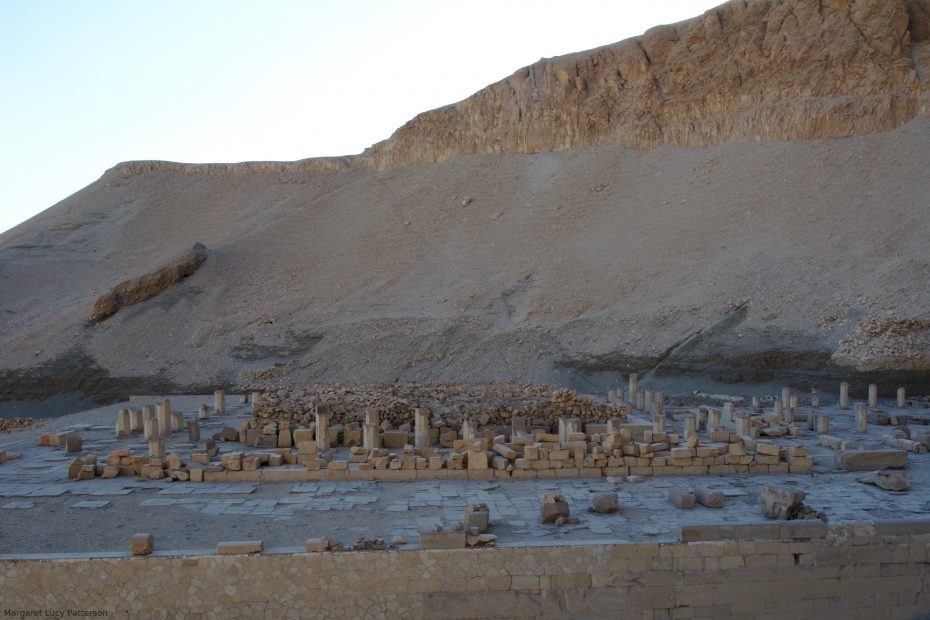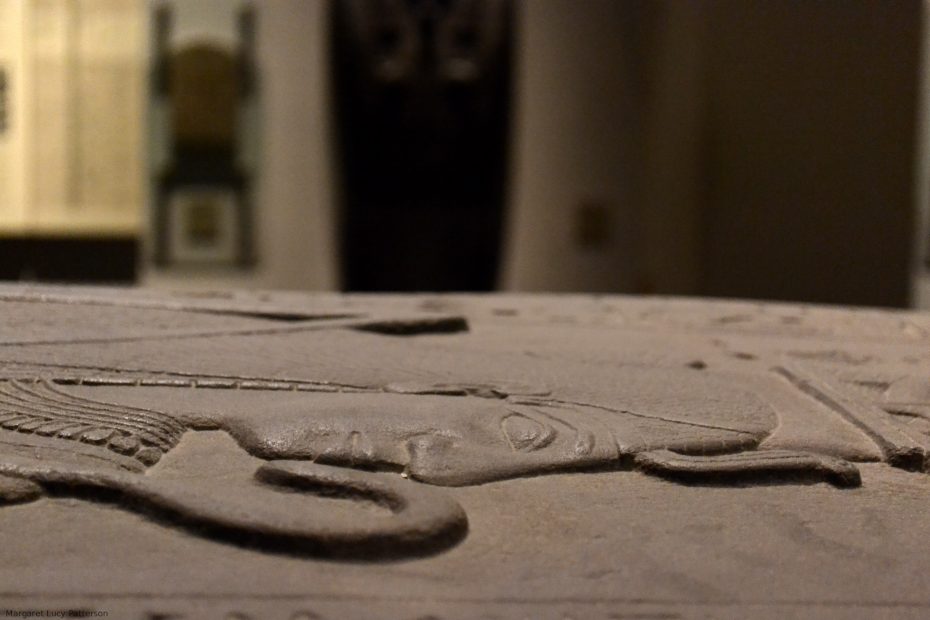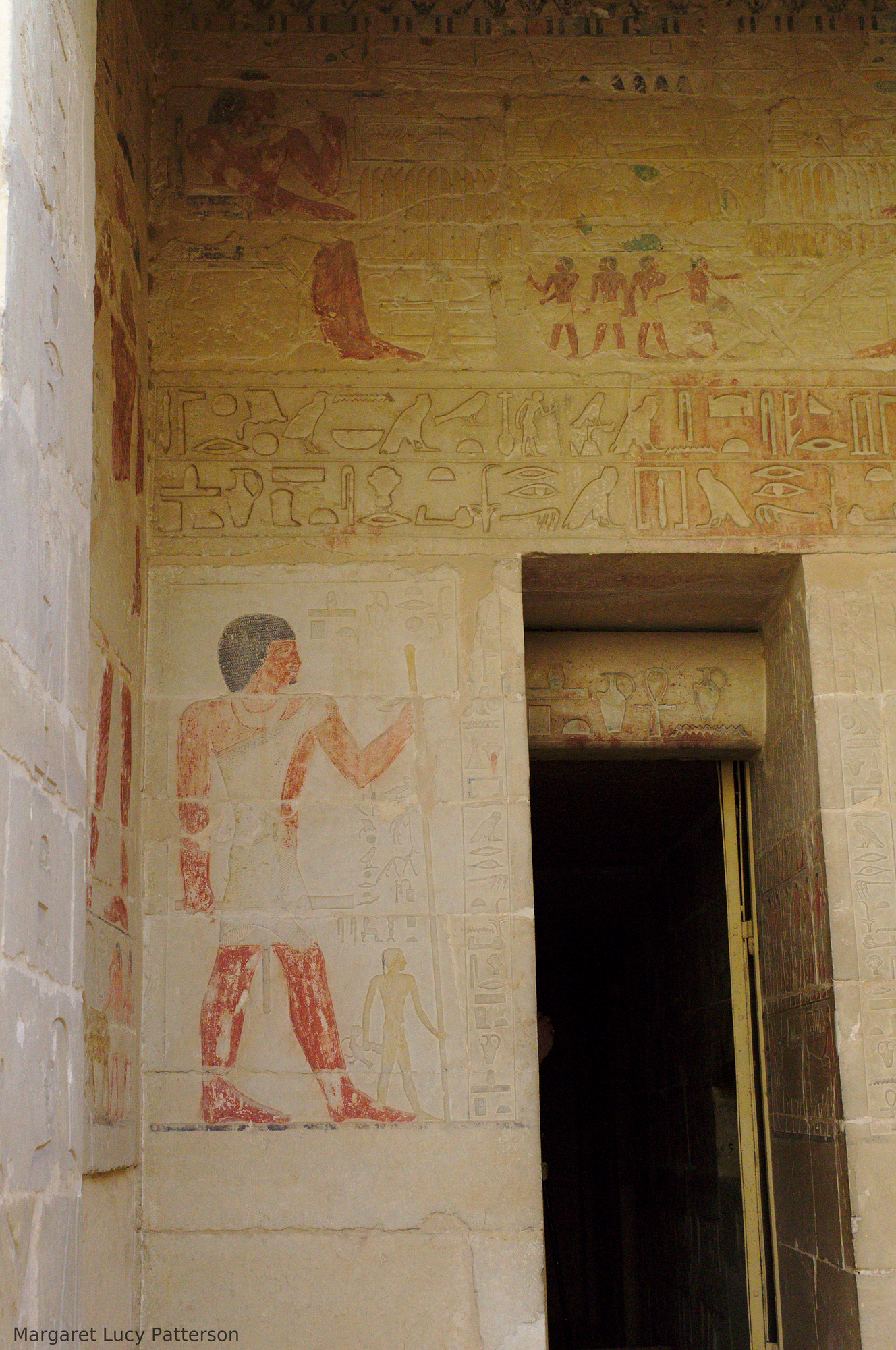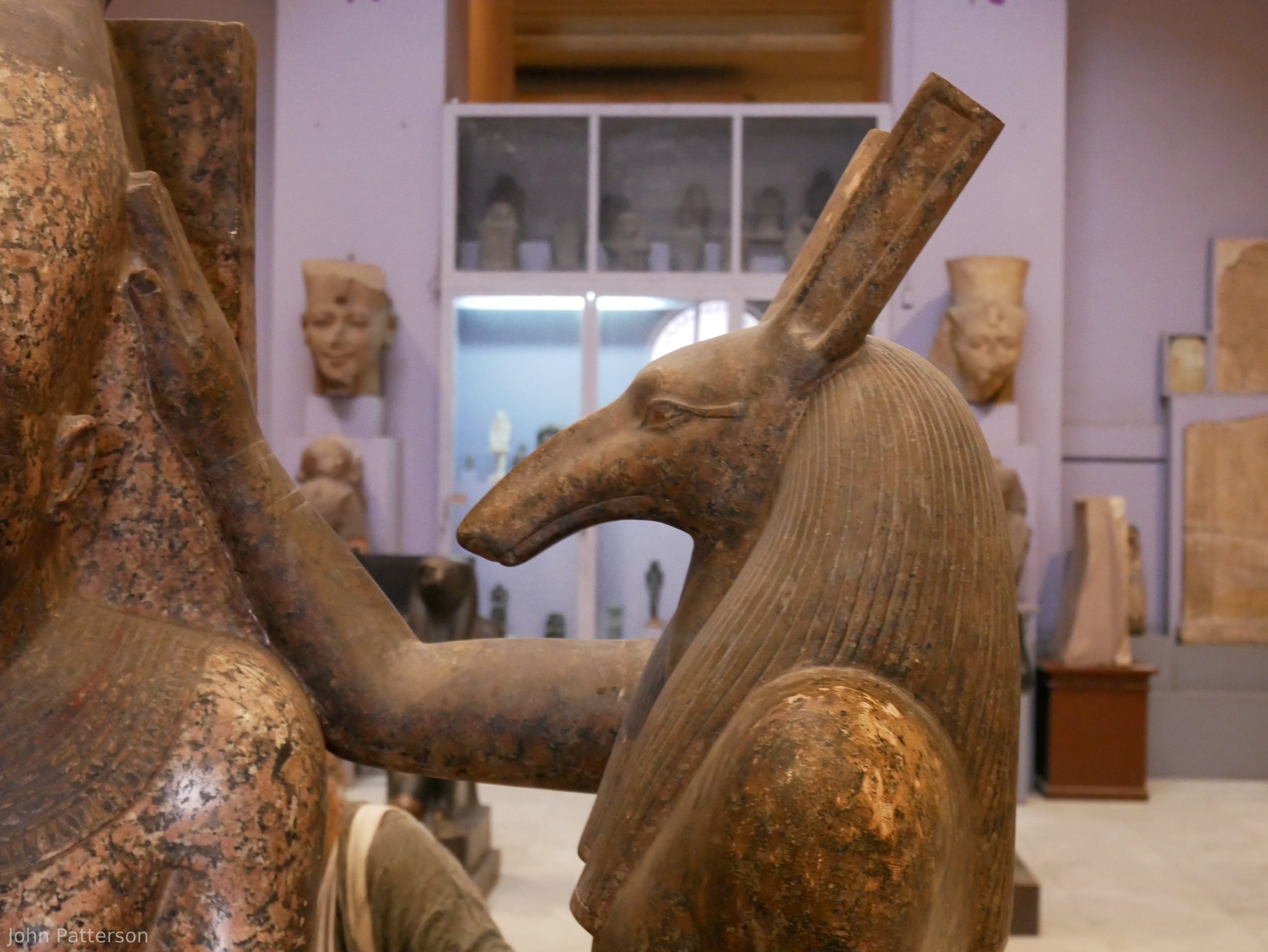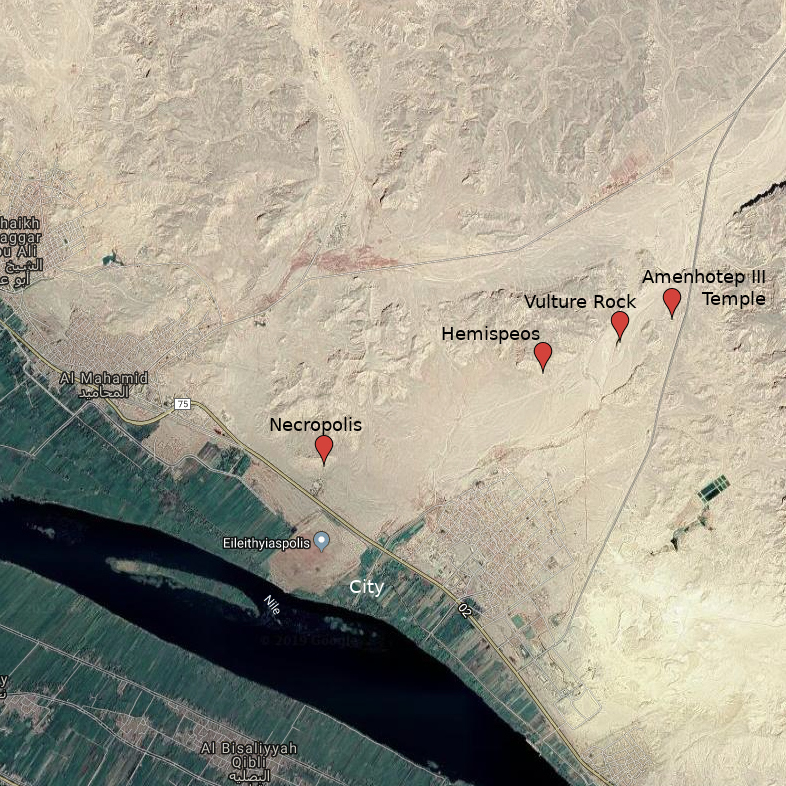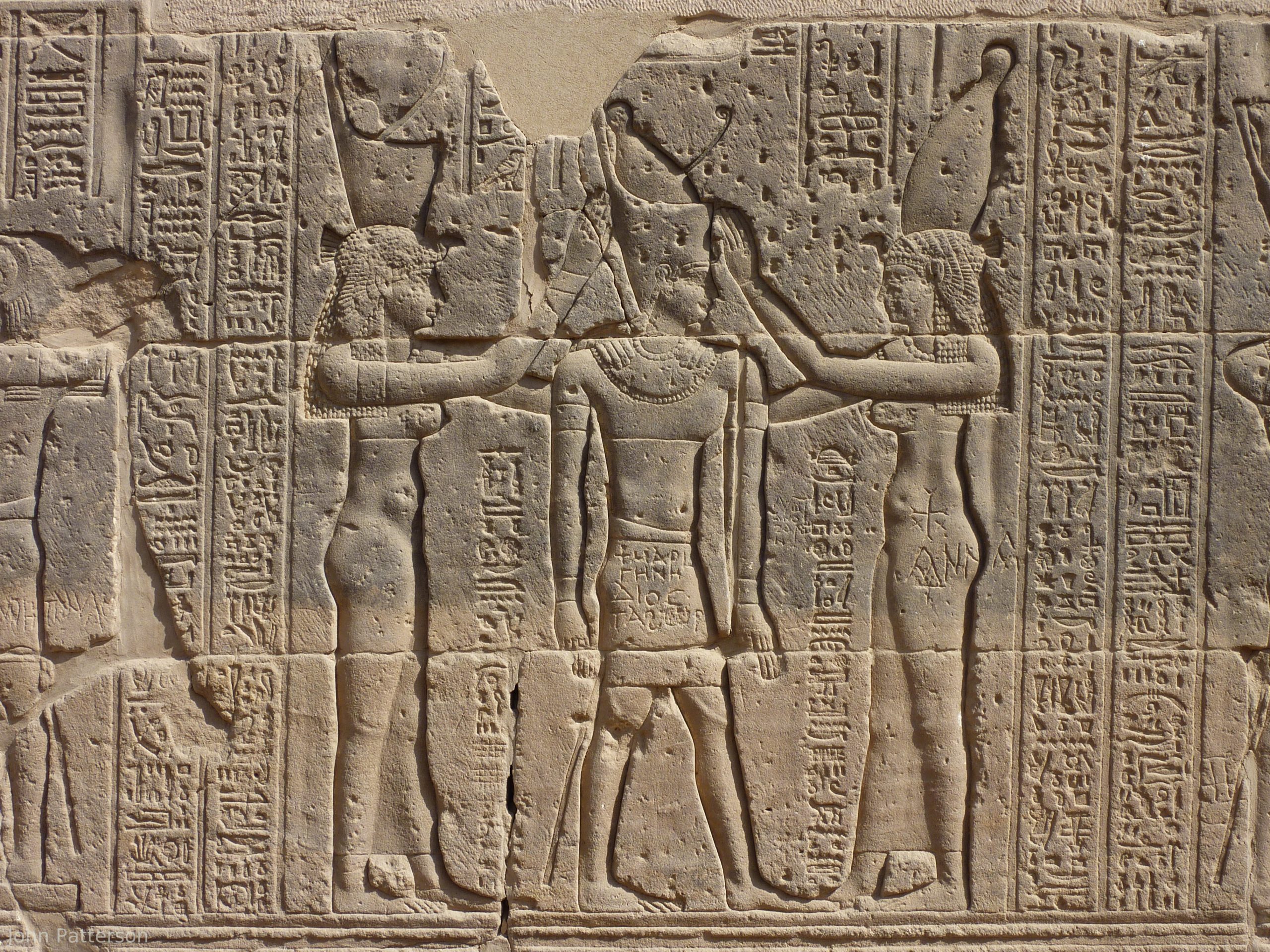“Jewels of the Nile: Ancient Egyptian Treasures from the Collection of the Worcester Art Museum” Dr Peter Lacovara
At the beginning of November 2021 Dr Peter Lacovara talked to us at the Essex Egyptology Group via Zoom about an upcoming exhibition, Jewels of the Nile, which will be opening on 18th June 2022 at Worcester Art Museum, MA and running until the end of January 2023. He began by giving us some background as to how he got involved with the collection at Worcester Art Museum (and subsequently the exhibition). When he moved from the Museum of Fine Arts, Boston in the late 1990s to the Michael C. Carlos Museum in Atlanta the latter museum had a small collection of Egyptian objects and his brief was to expand it. He got a grant from the Museum Loan Network Grant Collections to visit the museums in New England (which were the ones he knew best) to look at what they had in storage, and then have pieces conserved/repaired and… Read More »“Jewels of the Nile: Ancient Egyptian Treasures from the Collection of the Worcester Art Museum” Dr Peter Lacovara
